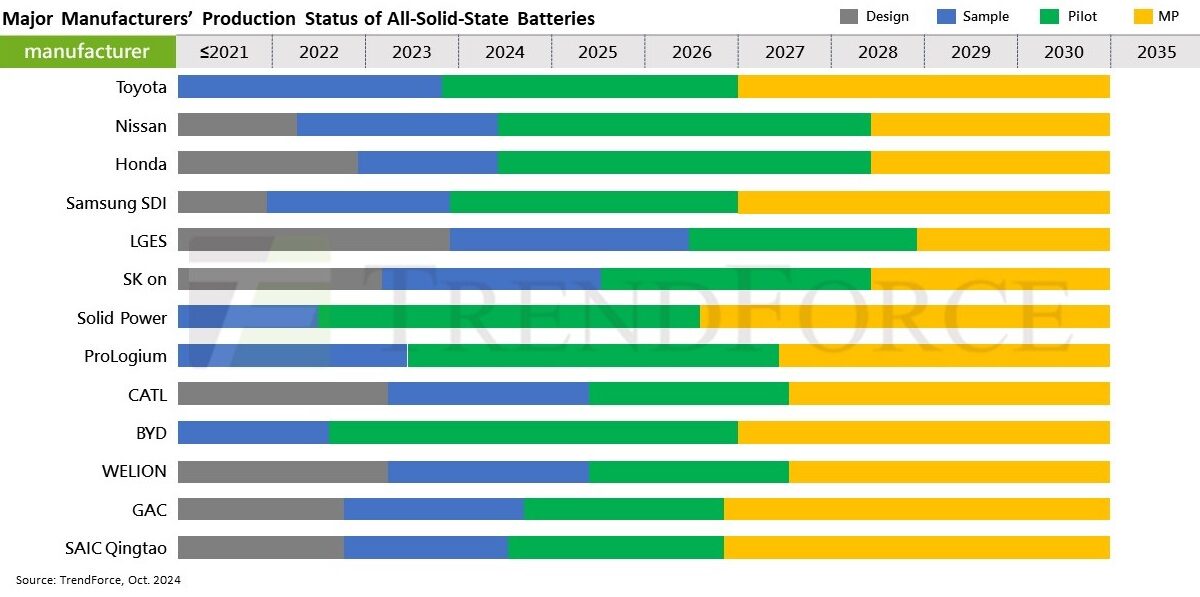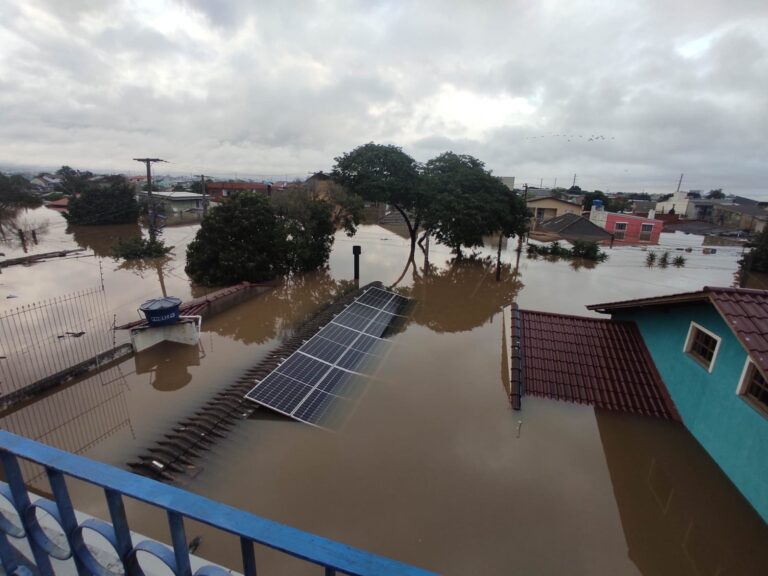The DANA weather phenomenon, which can cause intense storms and heavy rainfall in the Mediterranean, has caused significant flooding of both rooftop and utility PV systems in the Valencian Community and Castilla-La Mancha in Spain.
Exposure to water can have serious consequences for electrical equipment such as inverters and batteries. It can cause a short circuit because water acts as a conductor that bridges circuits. Even after drying, water residues can lead to corrosion in sensitive electronic components.
The insulation of cables and components can also be damaged by contact with water and abrasion caused by dirt. This damage can reduce system performance or result in a complete failure.
In addition, water damage can compromise electrical protection, creating safety hazards. Additionally, it can erode the soil around a structure’s anchor posts, reducing their grip on the ground.
Recommendations on the roof
Choosing the right installation location is crucial to prevent flood damage in rooftop PV installations. Never install inverters and batteries in areas prone to flooding. In addition to structural precautions, the implementation of technical safety measures is advisable. Special FI switches, or earth leakage circuit breakers, can automatically cut off the power supply upon contact with water, minimizing the risk of short circuits and electric shock.
If a system has already been in contact with water, avoid walking electrical equipment through flooded areas due to the risk of electric shock. If there is a threat of flooding, switch off the PV systems as a precaution. Qualified electricians or installers should inspect systems after flooding. It is also wise to photograph any damage for insurance purposes before you start cleaning.
Dry all affected parts thoroughly, even if they no longer come into contact with water, and consider professional drying if there is any doubt. A specialist should inspect all system components after exposure to water, and any damaged parts should be repaired or replaced. Systems should not be reactivated until specialists have confirmed their safety and functionality.
Ground-mounted systems
Prevention is critical for ground-mounted PV installations. Therefore, it is important to assess locations for flood risks and carry out the necessary civil works based on hydrological studies.
In Spain, the Ministry for Ecological Transition and Demographic Challenge has created an initiative flood risk maps for reference.
Even if a low-risk location is chosen, severe weather events such as DANA can overwhelm the absorption capacity of soil and drainage systems, leading to the accumulation of standing water.
Asier Ukar, head of Kiwa PI Berlin in Spain, pointed out the importance of carrying out environmental and hydrological studies to limit damage.
“In theory, PV installations should be located in low-risk areas,” Ukar said pv magazine. “In fact, insurance companies are increasingly imposing conditions to guarantee coverage, as is the case with the consequences of hail or snow, extreme phenomena that are increasingly common in other regions, such as the United States.”
Civil works, including the installation of drainage systems and the raising of substations and transformation centers, can prevent significant problems.
“If all this is ignored, the disaster could be enormous,” Ukar said. “In particular, the poles, wiring or electronic equipment of the medium-voltage substations can be seriously affected.”
Additional measures may incur additional costs in areas where cold spells are common. Although these measures increase capital expenditures, they may be worthwhile. Such measures include building dams to divert riverbeds, raising the height of ground modules, building roads with side slopes to facilitate water drainage, and lifting rope boxes off the ground.
“To raise the modules you have to dig deeper and use more material, and apart from all that there is the civil work, which can be very expensive, but depending on the location the costs can be worth it,” said Ukar.
He added that if a flood has already occurred, it is important to turn off all equipment and contact the insurance company. After a facility dries up, gradually reconnect affected areas according to corrective action manuals established by the operations and maintenance (O&M) company and the facility owner.
In particularly serious situations it is likely that an installation will need to be inspected in its entirety, with a focus on electrical safety.
“If inspections are properly conducted and precautions are taken, it is possible that flood-affected facilities can continue to operate without complications,” Ukar said.
This content is copyrighted and may not be reused. If you would like to collaborate with us and reuse some of our content, please contact: editors@pv-magazine.com.
Popular content



